Releasing safe and useful code for GOV.UK Verify
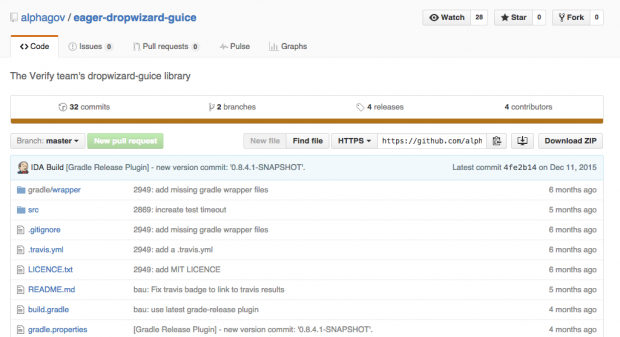
...to why this cannot be done for specific subsets of the source code). This post is about how we’re going to open up our code. It explains what we’ve opened...

...to why this cannot be done for specific subsets of the source code). This post is about how we’re going to open up our code. It explains what we’ve opened...
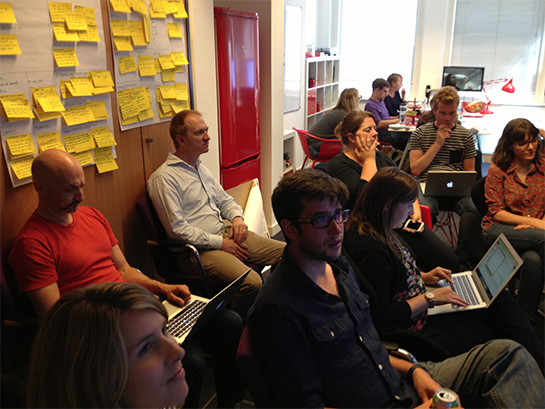
...are happy to engage with the registration process how we help people choose an identity provider that is most likely to be able to identify them based on their available...
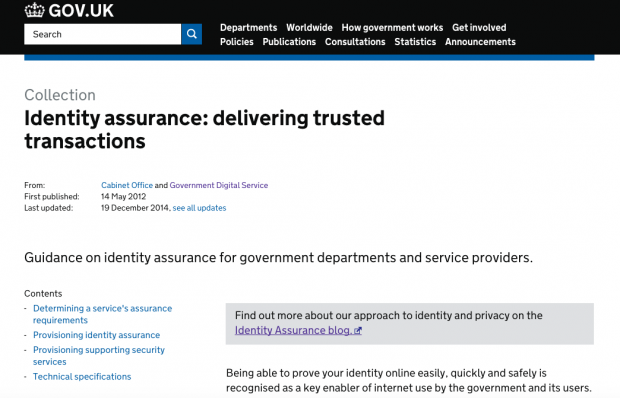
...step such as having a one-off code sent to your mobile phone or generating a code in an authentication app. Therefore, if your information is lost or compromised it will...

...The codebase for GOV.UK Verify is mainly java microservices at the backend. At the frontend we use Jade as our templating language. However, we’re currently rebuilding the frontend of the...
James Stewart has published a post about how GDS decides when it's ok not to publish source code. The identity assurance programme operates within the approach outlined by James. We...
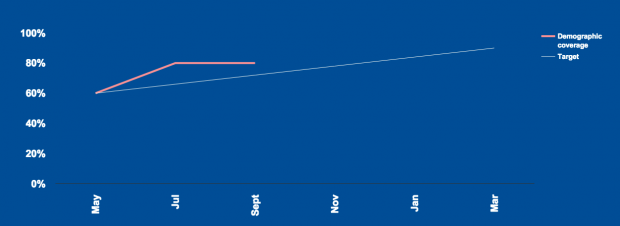
...app to generate a security code or to receive a security code on your landline phone, rather than waiting for a text to arrive, so you don’t need a mobile...
...in our codebase and allow us to deploy new code faster Things we plan to do next Over the Christmas period we have a change freeze and are not deploying...
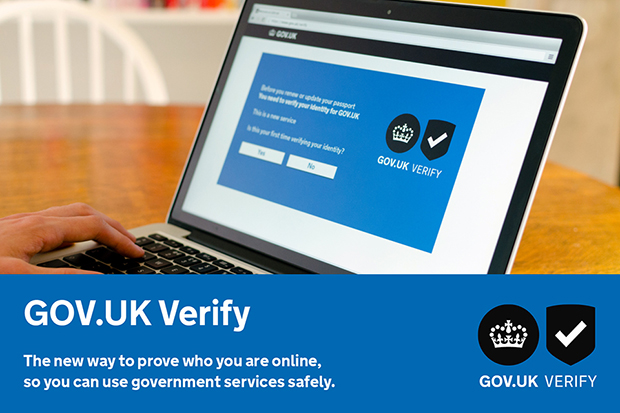
...published We made the first small step towards opening up our codebase this year when we published a small module of code. There is a lot more to come in...
...This could include car registration, paying taxes or setting up a business in another country. Looking beyond the eIDAS Regulation, in the future people may also be able to give...
...towards the end of last year. Reducing our technical debt There are things we need to do to the GOV.UK Verify codebase to tidy up accumulated impact of having made...